
Our History
Camberwell Girls Grammar School has survived the Great Depression and World War II; merged with Ormiston Girls’ School – Australia’s oldest school for girls; became an early adopter of technology and a leader in its use; achieved a long and continued pattern of academic excellence; welcomed students of all faiths and cultures; stayed true to our Christian identity, and truly lived our motto, Useful in Service, for over 100 years.
Remarkably, all of this and much more has been accomplished under the leadership of only seven Principals.
From humble beginnings in 1920 with just eight students and one teacher in the hall of St Mark’s Church… to now, located on two beautiful campuses just 100 metres apart, CGGS bustles with 800 students,150 staff and a community of parents and old grammarians, all tied by that special bond – a CGGS education.
Many things have changed over our 100-year history, however the school’s commitment to providing a quality contemporary education for girls has stayed the same.
CGGS has not only survived the last century, it has thrived. Remaining at the forefront of education, CGGS is one of Australia’s leading independent schools for girls.
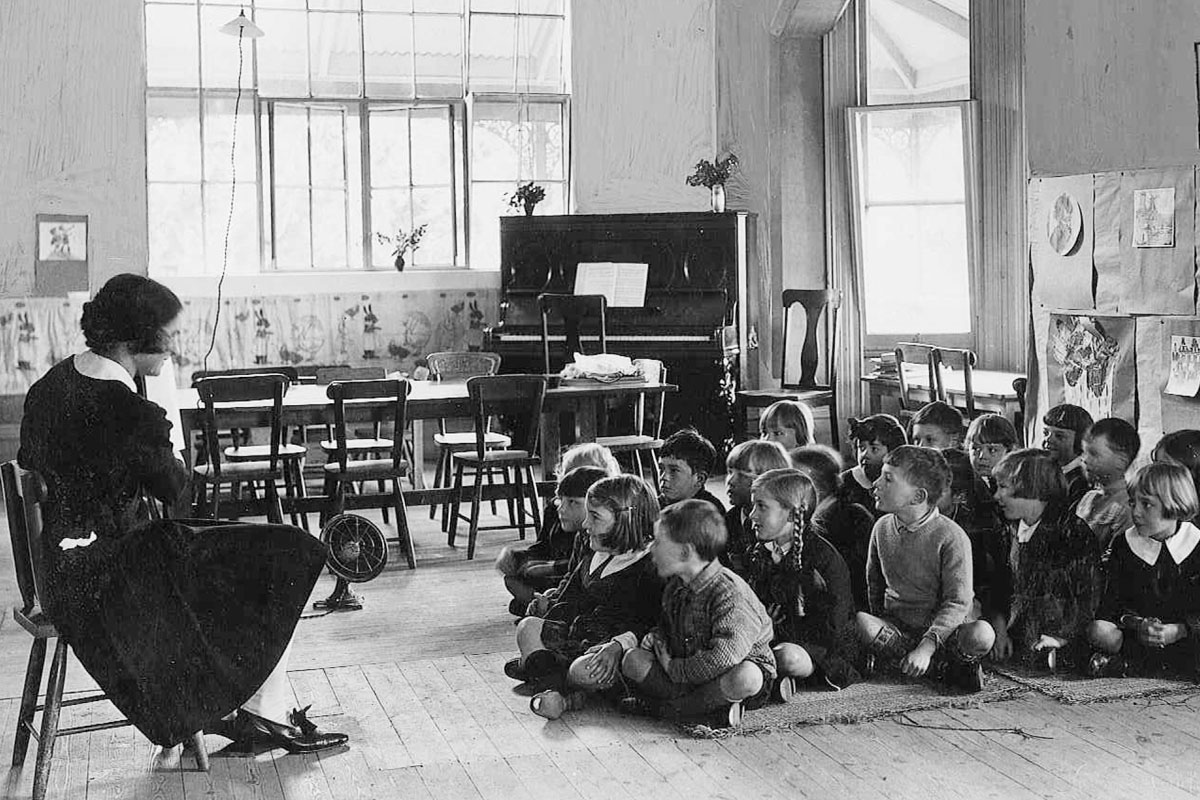
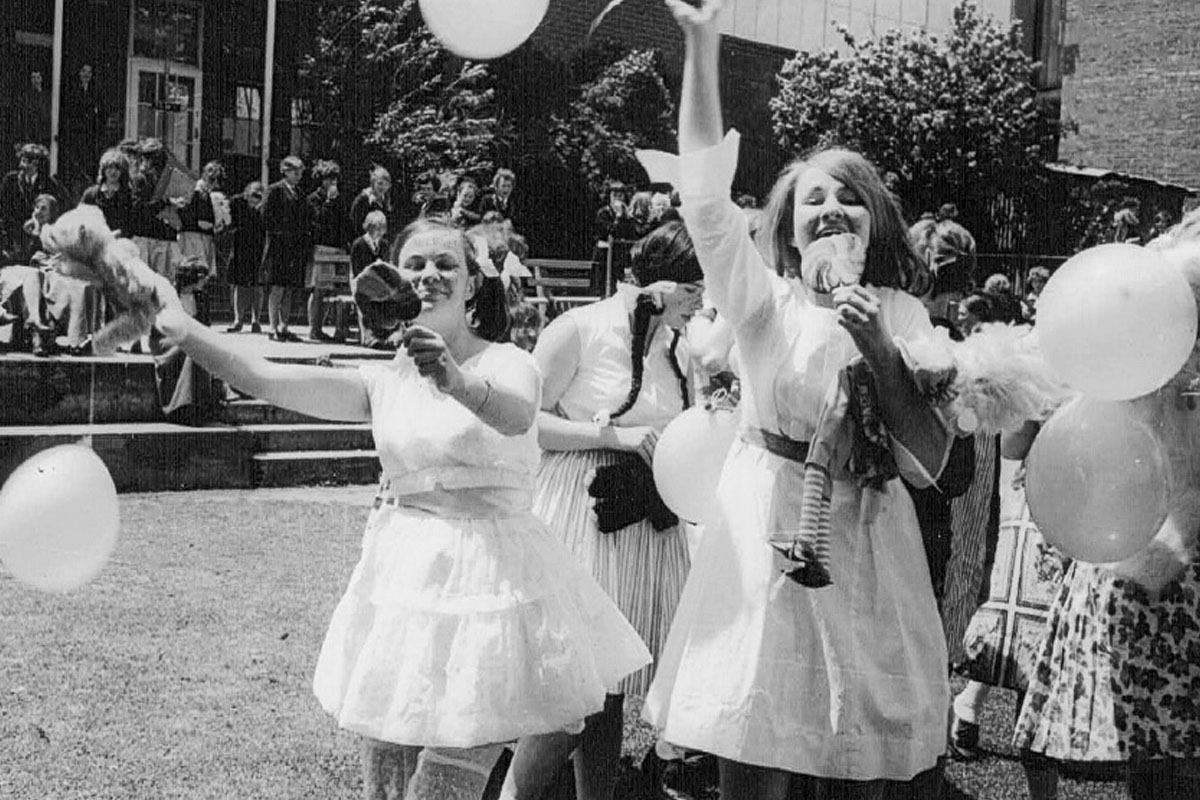
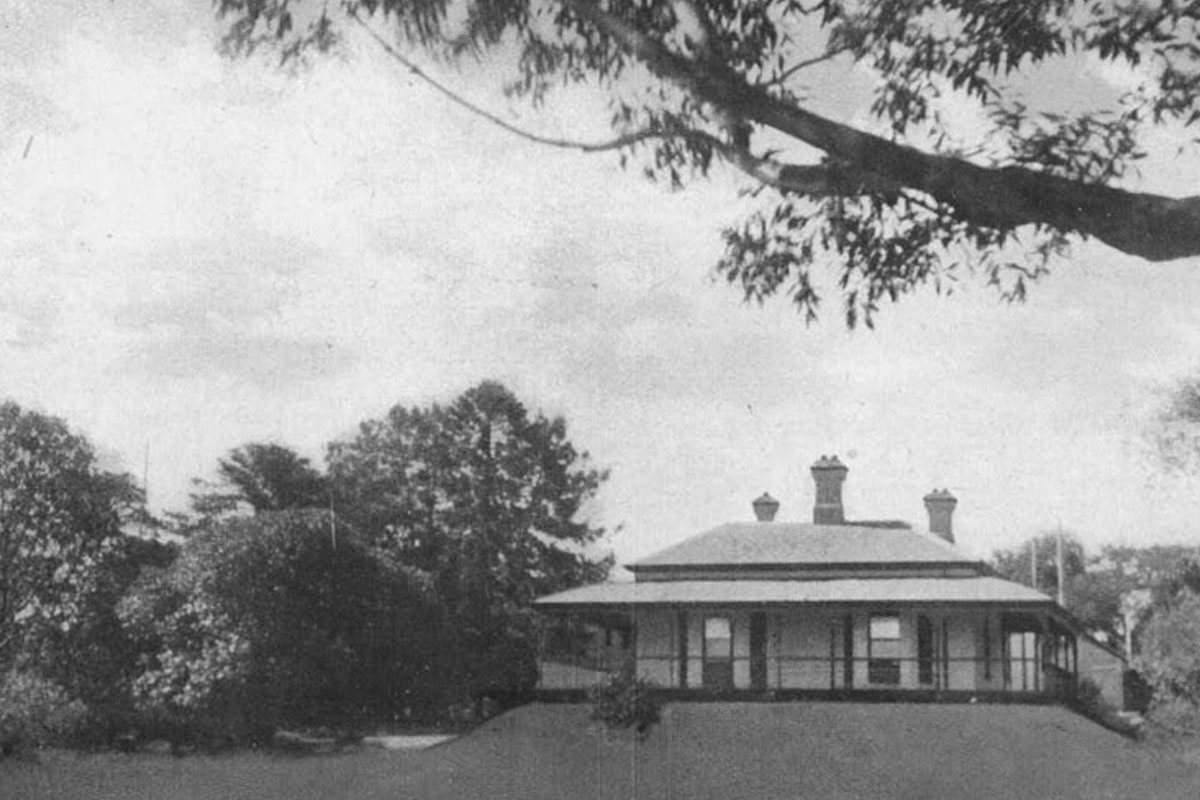
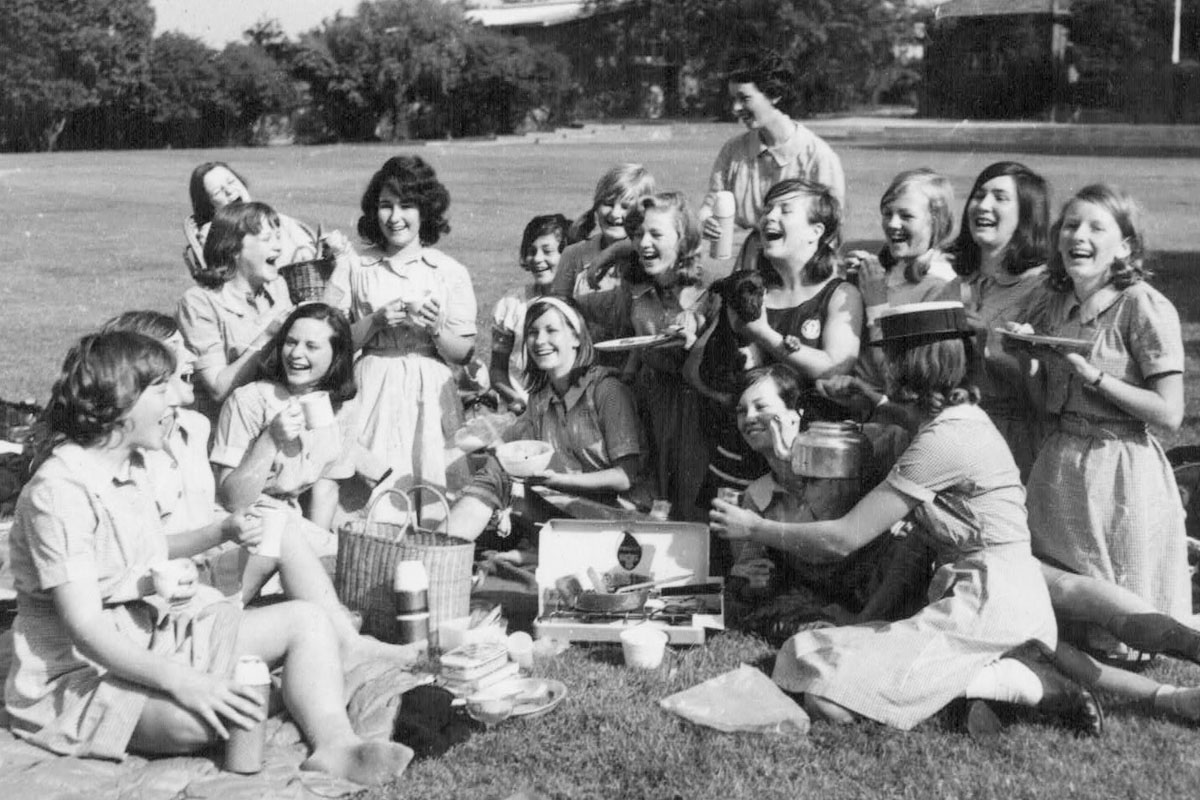
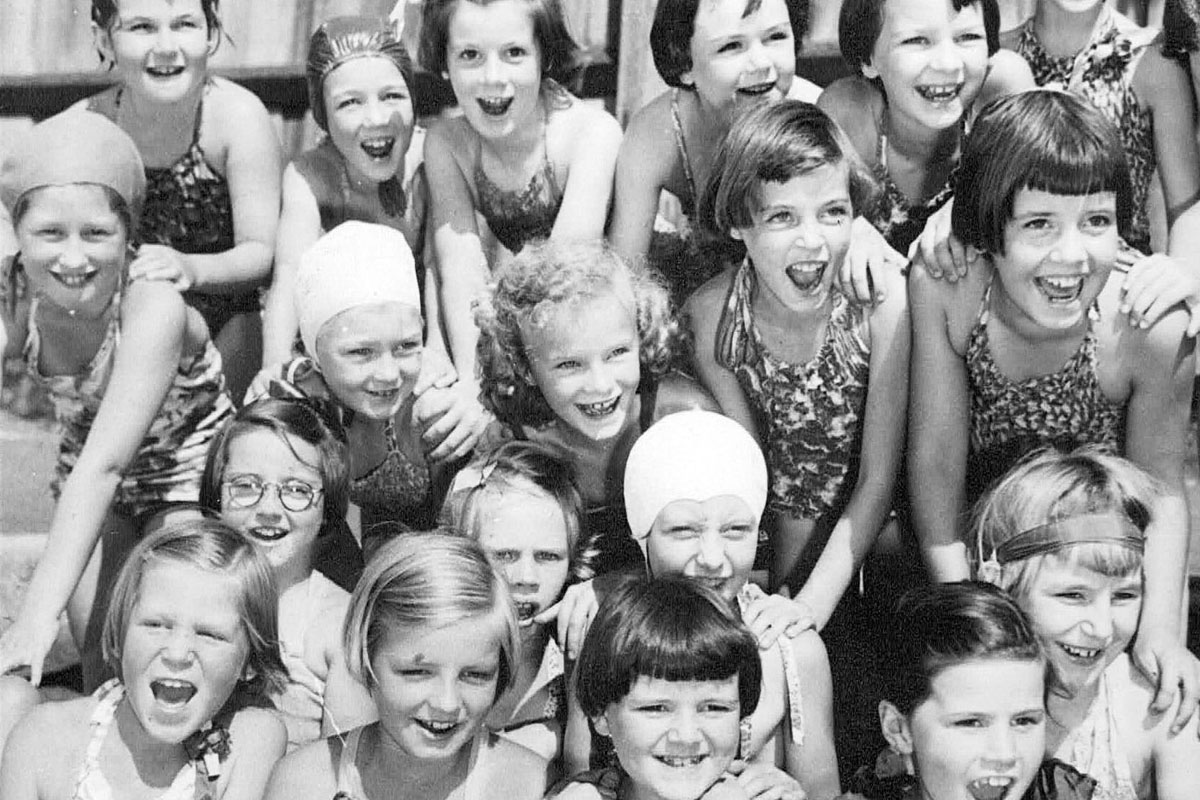
Remarkably, there have only been seven CGGS Principals.
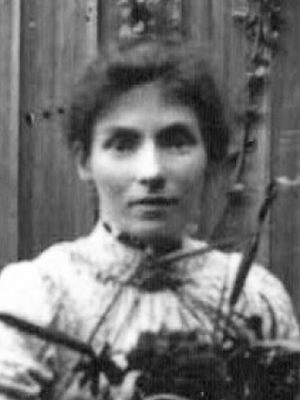
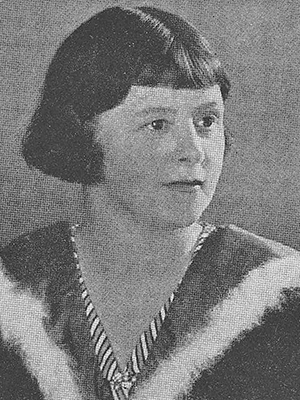

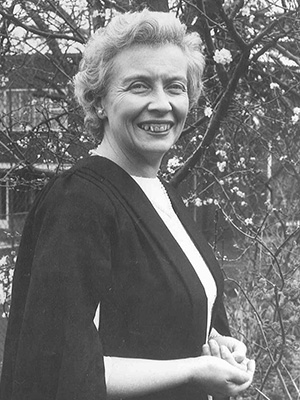
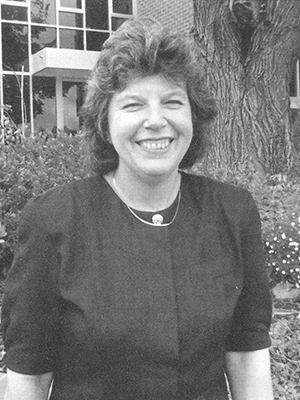
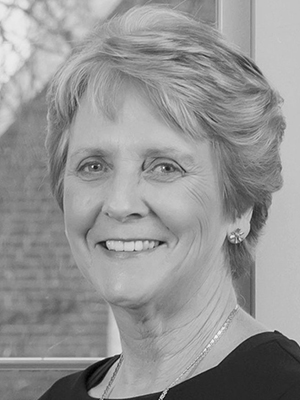
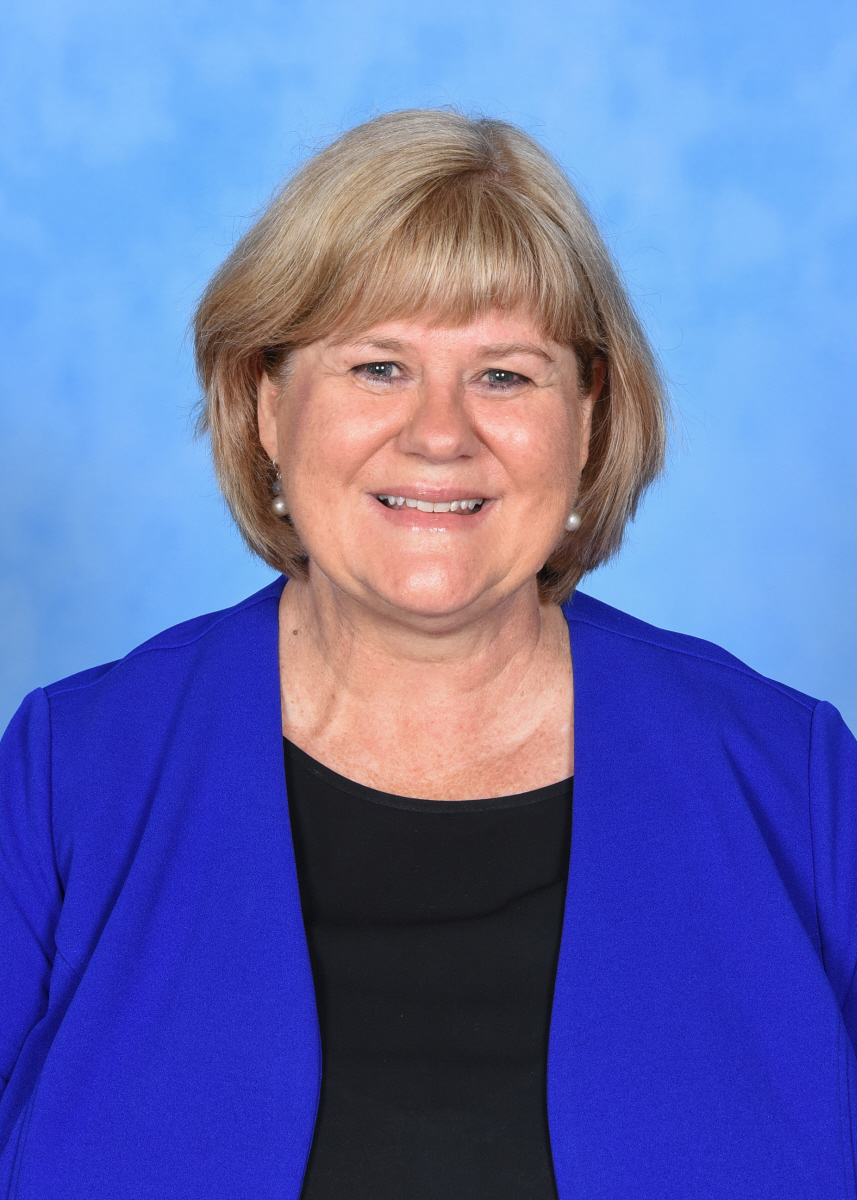
Our rich history has shaped who we are today.
St Mark’s Church School opens in February 1920 with just eight students.
- By December the same year, the number of students doubles.
- In 1927, the school moves to its new home in Torrington Street and the school motto, Utilis in Ministerium is adopted.
- The first school magazine, The Marcian is produced in 1928 and school traditions, including a Prefect and a House System are also introduced. Uniform also becomes compulsory.
In 1930, the school changes its name to Camberwell Church of England Girls Grammar School (St Mark's).
- The Parents Association and The Marcians Association for old grammarians are established.
- Sports days include sack races and egg and spoon races and in 1936, a third House is introduced.
- In 1936, with donations from parents, the school’s first Assembly Hall opens, along with a Kindergarten.
To protect students from the threat of air-raids in WWII, trenches are dug into the oval.
- The school’s first Science Laboratory opens in 1940.
- In 1941, the first old grammarian is awarded a place at university.
- Two staff members join the Services in 1942 and school opens it’s doors to children evacuated from England and the Dutch East Indies.
- The School Hymn is sung for the first time in 1944.
- The school is granted full registration as a secondary school in 1947.
The school broadens its horizons with interstate tours.
- In 1951, the school opens its first Sports Field and the first floor of the Woodstock Wing.
- The following year, a Tuckshop opens and is run by the Mothers Auxiliary, who formed in 1951.
- The first major drama production, Alice in Wonderland is staged in 1956 and begins a tradition of annual productions to the present day.
In 1964, the school merges with Ormiston Girls School, Australia’s oldest school for girls.
- The Ormiston site became the Junior School, and Camberwell the Senior School.
- In 1961, our first overseas students join the school community.
- In 1965, a fourth House, Singleton is introduced due to the growth in students from the merge. The House System now consists of four Houses.
- School-owned properties on Burke Road are refurbished and become an Art and Music Centre.
The curriculum is revitalised and expanded with new subjects including Music, Home Economics and Physical Education.
- The School celebrates its 50th Birthday in 1970.
- A school orchestra is established in 1974, thanks to donations of musical instruments by the Old Grammarians Association.
- Computers are introduced to the students and staff in 1979.
Music grows in popularity with over 100 students now involved in choirs or instrumental groups.
- Significant new facilities are developed in 1983 including the R.D. Physical Education Centre and the R.M. Westcott Wing.
- The Barbara F. Sutton Assembly Hall and Cultural Centre opens in 1988.
- The school changes its name in 1989 to Camberwell Anglican Girls Grammar School.
- Redevelopment of the Ormiston buildings in Mont Albert commences in 1989.
In 1990 the Victorian Certificate Education (VCE) is introduced and by 1995, computer laboratories are established.
- In 1991 the school stages its first student art exhibition, a tradition that has continued.
- Mandarin is introduced into the curriculum in 1993 and an exchange program with China and the formation of a sister school commences in 1995.
- The school’s first Australian Rules Football team is established in 1996.
- The Barbara Fary Science Centre opens in 1997.
The school is officially known as Camberwell Girls Grammar School from 2000.
- The 2000 Marcian cover is of a typical student’s desk, containing floppy discs, a Nokia mobile phone and film camera.
- A property on Mont Albert Road is purchased in 2003 to build a new Junior School.
- In 2007, the new home for Ormiston is complete and the Junior School relocates from Mont Albert to Canterbury, bringing the two schools together as one. In 2008, the Junior School is awarded The Best Designed Primary School in the World.
Embracing the future, Robots are now permanent members of the school community.
- In 2012, the Woodstock Building is opened, a home to a new Library and a hub for Years 9 and 10 students.
- A MakerSpace and adjoining Robotics Laboratory is officially opened in 2016.
- In 2016, the school is invited to join the Strategic Alliance of Global Educators (SAGE), a select global network of 16 leading schools.
- The Anne Feehan Building, a hub for our Years 7 and 8 students opens in 2016.
Swipe sideways or use arrows
to navigate timeline.
St Mark’s Church School opens in February 1920 with just eight students.
- By December the same year, the number of students doubles.
- In 1927, the school moves to its new home in Torrington Street and the school motto, Utilis in Ministerium is adopted.
- The first school magazine, The Marcian is produced in 1928 and school traditions, including a Prefect and a House System are also introduced. Uniform also becomes compulsory.
In 1930, the school changes its name to Camberwell Girls Grammar School (St Mark's).
- The Parents Association and The Marcians Association for old grammarians are established.
- Sports days include sack races and egg and spoon races and in 1936, a third House is introduced.
- In 1936, with donations from parents, the school’s first Assembly Hall opens, along with a Kindergarten.
To protect students from the threat of air-raids in WWII, trenches are dug into the oval.
- The school’s first Science Laboratory opens in 1940.
- In 1941, the first old grammarian is awarded a place at university.
- Two staff members join the Services in 1942 and school opens it’s doors to children evacuated from England and the Dutch East Indies.
- The School Hymn is sung for the first time in 1944.
- The school is granted full registration as a secondary school in 1947.
The school broadens its horizons with interstate tours.
- In 1951, the school opens its first Sports Field and the first floor of the Woodstock Wing.
- The following year, a Tuckshop opens and is run by the Mothers Auxiliary, who formed in 1951.
- The first major drama production, Alice in Wonderland is staged in 1956 and begins a tradition of annual productions to the present day.
In 1964, the school merges with Ormiston Girls School, Australia’s oldest school for girls.
- The Ormiston site became the Junior School, and Camberwell the Senior School.
- In 1961, our first overseas students join the school community.
- In 1965, a fourth House, Singleton is introduced due to the growth in students from the merge. The House System now consists of four Houses.
- School-owned properties on Burke Road are refurbished and become an Art and Music Centre.
The curriculum is revitalised and expanded with new subjects including Music, Home Economics and Physical Education.
- The School celebrates its 50th Birthday in 1970.
- A school orchestra is established in 1974, thanks to donations of musical instruments by the Old Grammarians Association.
- Computers are introduced to the students and staff in 1979.
Music grows in popularity with over 100 students now involved in choirs or instrumental groups.
- Significant new facilities are developed in 1983 including the R.D. Physical Education Centre and the R.M. Westcott Wing.
- The Barbara F. Sutton Assembly Hall and Cultural Centre opens in 1988.
- The school changes its name in 1989 to Camberwell Anglican Girls Grammar School.
- Redevelopment of the Ormiston buildings in Mont Albert commences in 1989.
In 1990 the Victorian Certificate Education (VCE) is introduced and by 1995, computer laboratories are established.
- In 1991 the school stages its first student art exhibition, a tradition that has continued.
- Mandarin is introduced into the curriculum in 1993 and an exchange program with China and the formation of a sister school commences in 1995.
- The school’s first Australian Rules Football team is established in 1996.
- The Barbara Fary Science Centre opens in 1997.
The school is officially known as Camberwell Girls Grammar School from 2000.
- The 2000 Marcian cover is of a typical student’s desk, containing floppy discs, a Nokia mobile phone and film camera.
- A property on Mont Albert Road is purchased in 2003 to build a new Junior School.
- In 2007, the new home for Ormiston is complete and the Junior School relocates from Mont Albert to Canterbury, bringing the two schools together as one. In 2008, the Junior School is awarded The Best Designed Primary School in the World.
Embracing the future, Robots are now permanent members of the school community.
- In 2012, the Woodstock Building is opened, a home to a new Library and a hub for Years 9 and 10 students.
- A MakerSpace and adjoining Robotics Laboratory is officially opened in 2016.
- In 2016, the school is invited to join the Strategic Alliance of Global Educators (SAGE), a select global network of 16 leading schools.
- The Anne Feehan Building, a hub for our Years 7 and 8 students opens in 2016.

